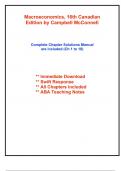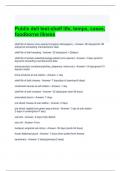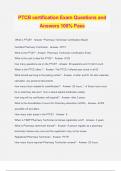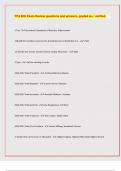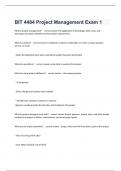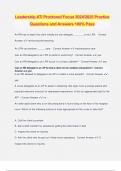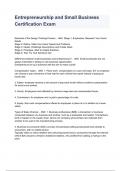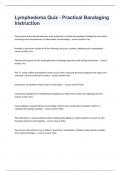Exam (elaborations)
Solutions for Macroeconomics, 16th Canadian Edition by McConnell (All Chapters included)
- Course
- Institution
Complete Solutions Manual for Macroeconomics, 16th Canadian Edition by Campbell McConnell, Stanley Brue, Sean Flynn, Tom Barbiero ; ISBN13: 9781260881356.....(Full Chapters included and organized in reverse order from Chapter 18 to 1)...CHAPTER 1: Limits, Alternatives, and Choices CHAPTER 2: The M...
[Show more]
